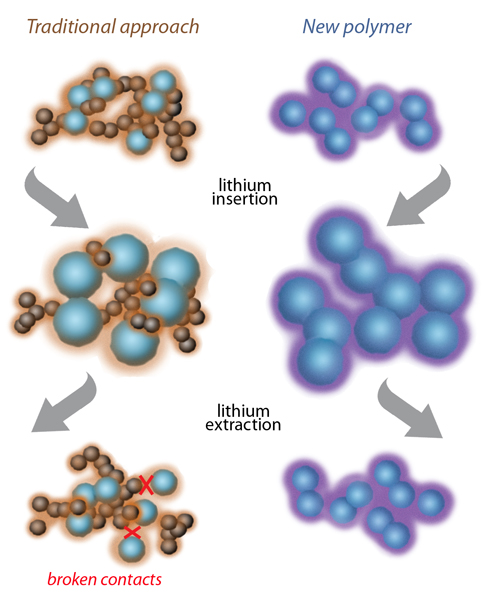Our ePetri dish is a compact, small, lens-free microscopy imaging platform
When it comes to laboratory equipment, it doesn’t get much more basic than the humble petri dish. Aside from moving from glass to plastic and the addition of rings on their lids and bases that allows them to be stacked, the petri dish has remained largely unchanged since its invention by German bacteriologist Julius Richard Petri and his assistant Robert Koch in the late 1800s. Now researchers at the California Institute of technology (Caltech) have dragged the petri dish into the 21st Century by incorporating an image sensor like those found in mobile phone cameras that does away with the need for bulky microscopes.
Whereas conventional petri dishes need to be removed from the incubator in which they are placed to allow the cells being cultured to grow so they can be studied under a microscope, the ePetri dish, as it’s been dubbed, allows data from the dish to be sent to a computer without it being removed from the incubator.
The researchers built their prototype unit using a Google smartphone, a commercially available mobile phone image sensor, and some Lego building blocks. The culture is placed in the image-sensor chip and the phone’s LED display is used as a scanning light source. When the device is placed in an incubator, a wire running from the chip to a laptop outside the incubator allows pictures of the culture captured by the image sensor to be sent out to the laptop.
This allows the researchers to acquire and save images of the cells as they are growing in real time. They say that the technology is particularly adept at imaging confluent cells – cells that grow very close to one another and typically cover the while petri dish – which has traditionally been a highly labor-intensive process.
“Our ePetri dish is a compact, small, lens-free microscopy imaging platform. We can directly track the cell culture or bacteria culture within the incubator,” explains Guoan Zheng, lead author of the study and a graduate student in electrical engineering at Caltech. “The data from the ePetri dish automatically transfers to a computer outside the incubator by a cable connection. Therefore, this technology can significantly streamline and improve cell culture experiments by cutting down on human labor and contamination risks.”
The team, lead by Changhuei Yang, senior author of the study and professor of electrical engineering and bioengineering at Caltech, says the ePetri dish can also capture things that would otherwise be difficult or impossible – even with more complicated and expensive state-of-the-art light microscopes.
For example, Caltech biologist Michael Elowitz has tested the ePetri dish by observing embryonic stem cells. The lens limitations of a conventional microscope means that researchers are usually only able to focus on one region of the petri dish at a time, which isn’t ideal for observing stem cells that can behave differently in different parts of a petri dish as they change into various types of other, more specialized cells. In contrast, the ePetri dish allowed Elowitz to follow the stem-cell changes over the entire surface of the device.
“With ePetri, you can survey the entire field at once, but still maintain the ability to ‘zoom in’ to any cells of interest,” he says. “In this regard, perhaps it’s a bit like an episode of CSI where they zoom in on what would otherwise be unresolvable details in a photograph.”
Bookmark this page for “Petri dish” and check back regularly as these articles update on a very frequent basis. The view is set to “news”. Try clicking on “video” and “2” for more articles.










